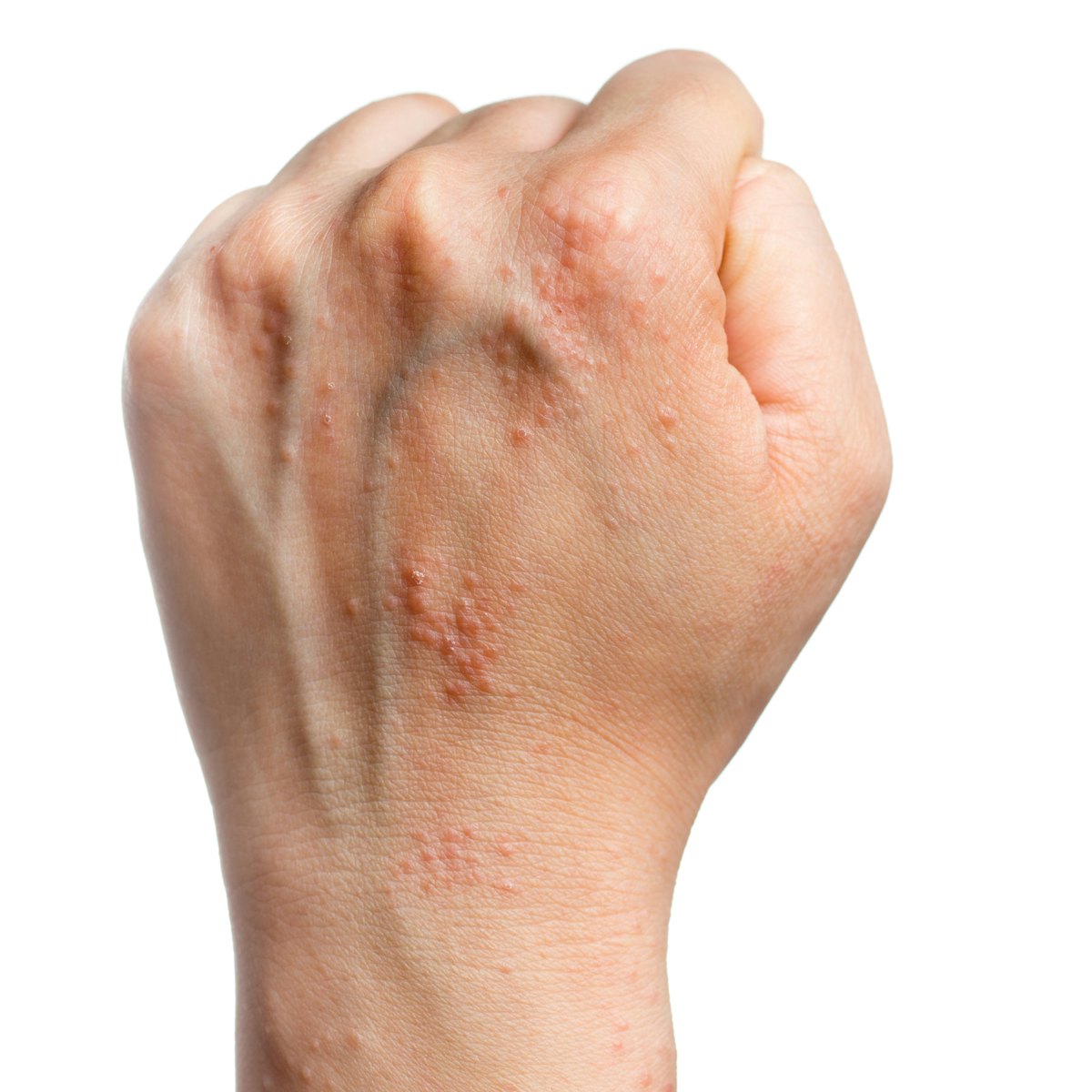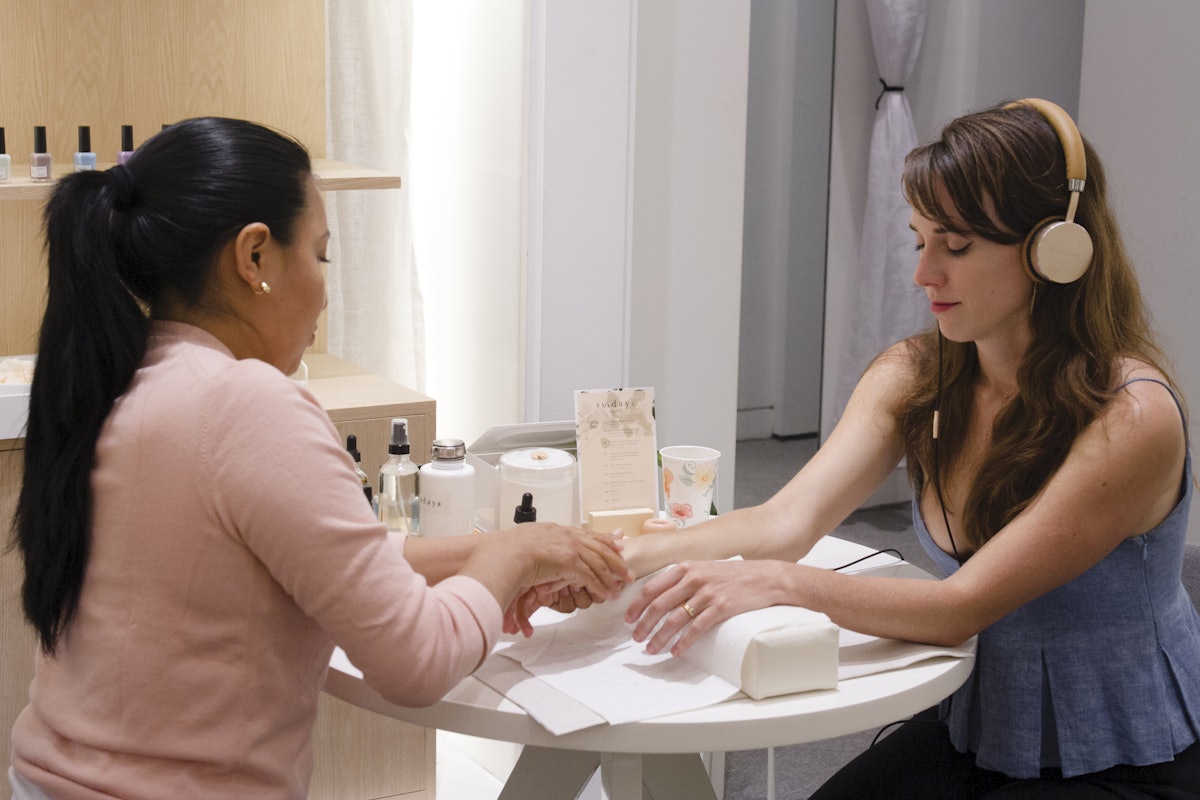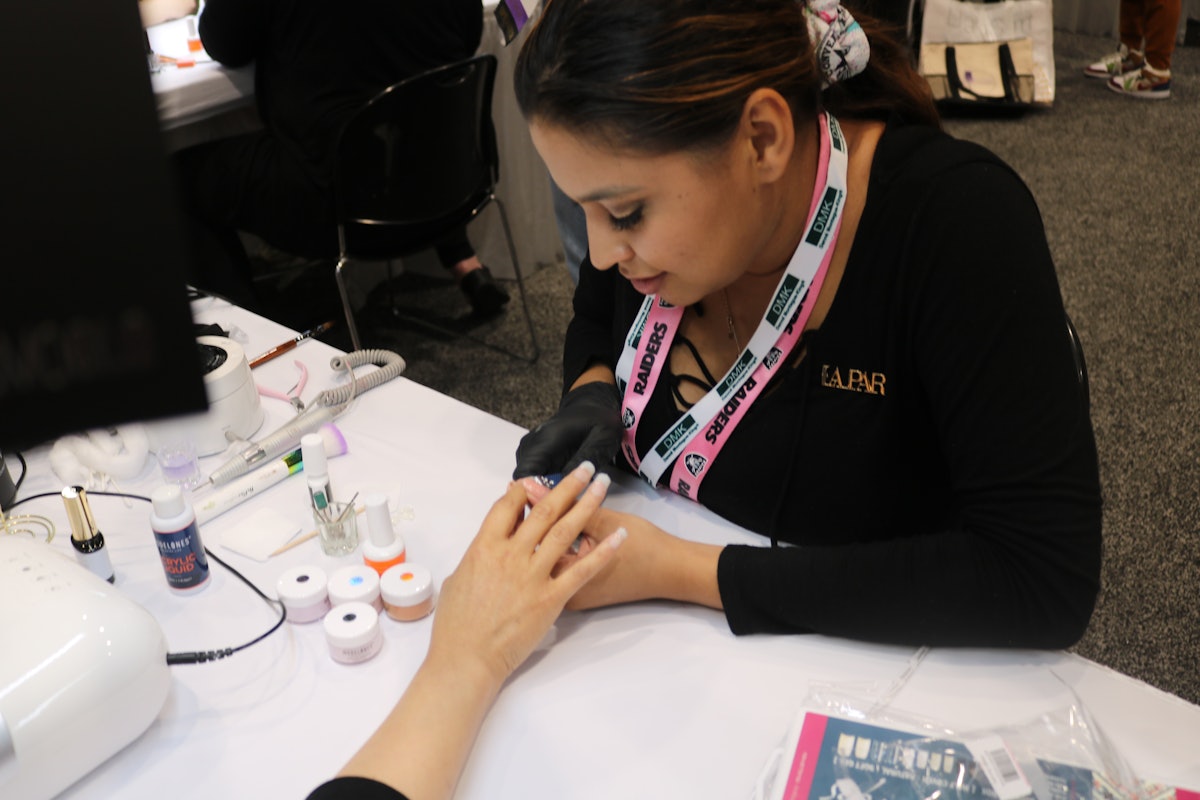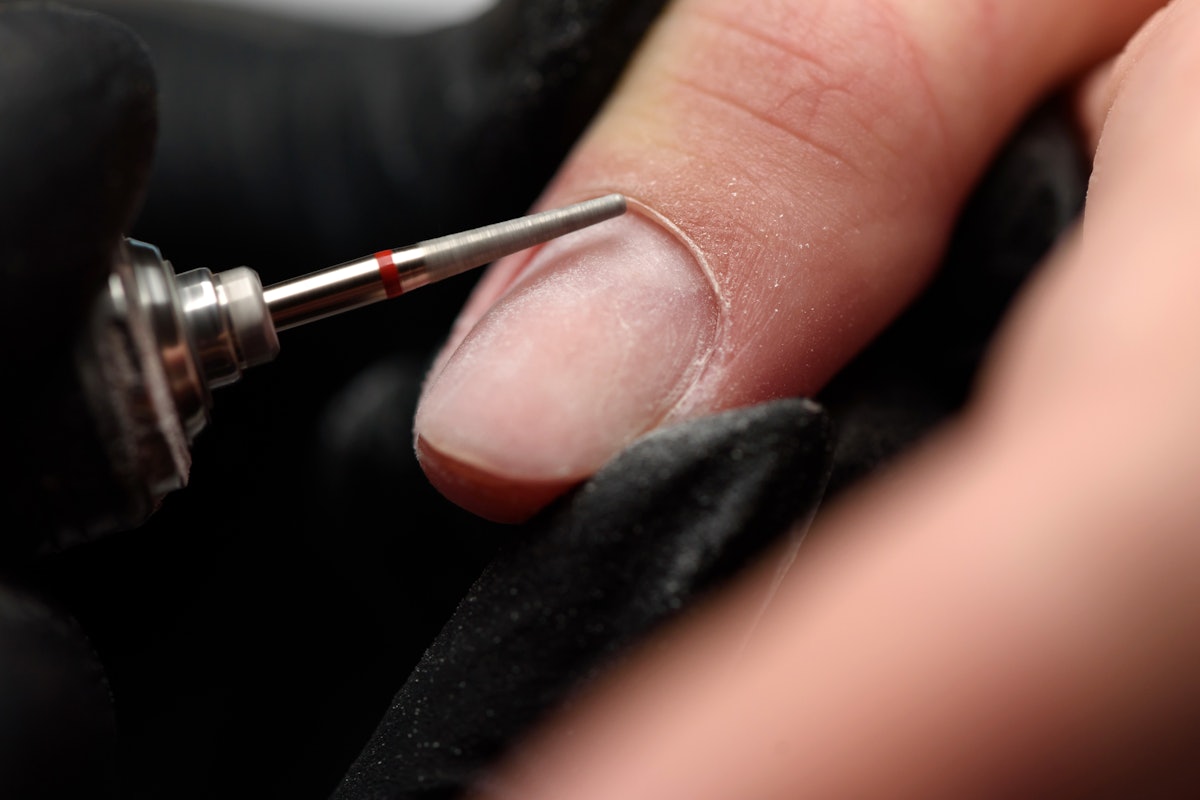Understanding Nail Allergies and Irritations
The products used in nail salons can result in unexpected adverse reactions for clients, often leading to confusion among nail technicians. While safety measures focusing on sanitation and sterilization are crucial for preventing infections, it’s equally important to comprehend the risk of adverse reactions triggered by prevalent nail products. Both allergic reactions and irritations can occur, and recognizing the distinction between the two is vital for maintaining client health and satisfaction.
Allergy Versus Irritation
A common challenge in nail care is differentiating between an allergic reaction and an irritation. Dr. Dana Stern, a board-certified dermatologist, emphasizes that while allergies are less common, they are generally more severe and long-lasting. In contrast, irritations can develop much more quickly through brief exposure or frequent low-grade contact with chemicals found in nail products.
An allergy typically develops after repeated exposure to a particular substance, leading to sensitization. This sensitization results when the skin’s protective barrier is penetrated, allowing chemicals to bind with skin proteins. The immune system responds by releasing chemicals that trigger allergy symptoms, commonly presenting as atopic dermatitis or eczema.
On the other hand, irritation manifests quickly, usually within hours of exposure, and symptoms are localized and acute. For instance, contact dermatitis from an irritant might peak within 24 hours, causing redness, blisters, and a scaly appearance.
Recognizing Symptoms
As a nail technician, recognizing symptoms of developing allergies in clients is essential. Common signs may include redness, swelling, and blistering around the nails. In some cases, clients may experience additional symptoms such as dry or bumpy skin, discoloration of the nail plate, and onycholysis—where the nail begins to lift off the nail bed.
It’s important to remain vigilant and not assume that reactions are due to a product going bad or changed formulations. Allergies don’t emerge on first exposure; they build up over time. A client may begin to show signs of an allergy after years of using the same product, highlighting the need for consistent monitoring of client reactions.
Beyond the Nail Bed
Reactions from nail products can extend beyond the immediate area of use. Allergic responses may appear on areas such as the neck, behind the ears, or around the eyelids. More severe reactions can lead to flu-like symptoms and exacerbate existing skin conditions. If a nail product causes true ingredient allergies, subsequent exposure—even to products with similar chemical structures—could trigger localized or systemic reactions.
Consulting a Dermatologist
The most effective way for a client to determine whether they have an allergy is to undergo a patch test performed by a dermatologist. As a nail technician, having knowledge of these results will help tailor future services and select safer products for clients with known allergies.
Preventing Reactions
Preventing adverse reactions begins with a thorough evaluation before each service. Janet McCormick, an educator and nail care expert, suggests that nail technicians remain attentive to subtle signs of allergic reactions in clients. A slight puffiness around the nail or thinning of the eponychium can signal early allergy development. If these symptoms present themselves, it is prudent to recommend the removal of nail enhancements to prevent escalation of the reaction.
Should a client experience a reaction hours post-service, it’s more likely to be irritant-related. Nail technicians should maintain relationships with local dermatologists for referrals, ensuring clients receive appropriate care.
Self-Precautions for Nail Technicians
Nail technicians must also be aware of their own risk of developing allergies to products. Understanding ingredient chemistry and adhering to strict hygiene protocols can help mitigate the risk of developing occupational dermatitis. Wearing nitrile gloves—especially for clients with latex sensitivity—is recommended.
Staying vigilant about symptoms and addressing any allergy or irritant concerns promptly is essential for fostering a safe and healthy environment for both clients and nail technicians. Keeping tools and workspaces clean and following operational protocols can significantly reduce risks associated with allergic reactions.
Conclusion
Incorporating knowledge about allergies and irritations into nail care practice ensures the health and happiness of clients. By understanding the differences between these two types of reactions and taking proactive measures, nail technicians can safeguard their clients and enhance the overall experience in the salon.
For further learning, nail technicians can take advantage of available resources and training, allowing for a deeper understanding of nail product sensitivities and appropriate responses. With diligence and awareness, the risks associated with nail products can be effectively managed.



